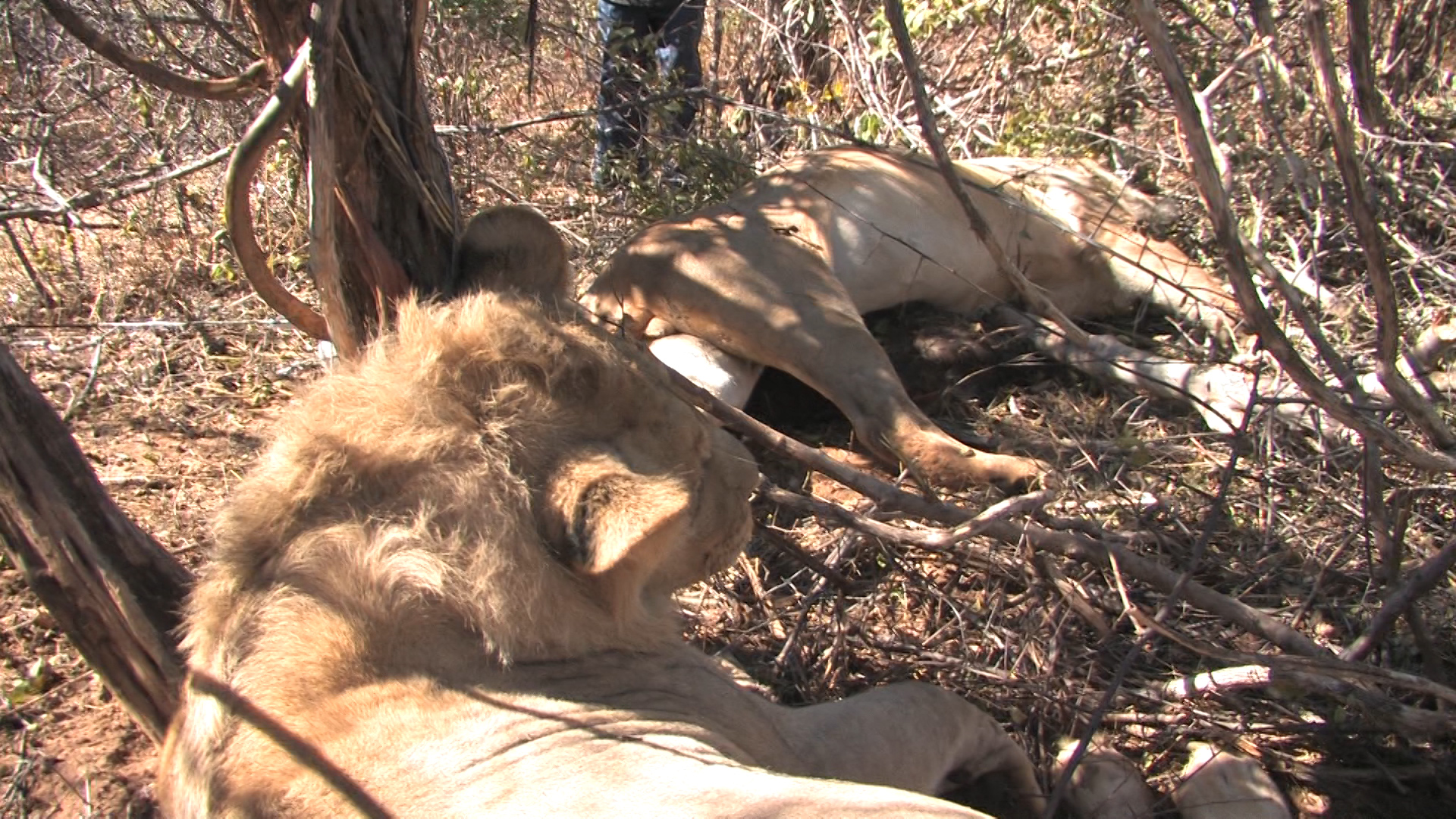So its finally happened, the United States Fish and Wildlife Service (USFWS) has listed the African lion on the US endangered species list. Panthera leo leo, the lion subspecies found in India and western and central Africa, is classified as endangered which means all imports will be generally prohibited.
Panthera leo melanochaita, located in eastern and southern Africa, is listed as a threatened species which means a special permit will be required for the importation of sport-hunted trophies. Apparently the Service wants to ensure that U.S. trophy imports originate from countries with a scientifically sound management program and provide funds that further lion conservation. The Service has its rule book, formulas and peer reviews to back its decision but is any common sense is being applied?
USFWS has identified three main threats facing the lion: habitat loss, loss of prey base and human-lion conflict. Habitat loss and loss of prey base are the same thing really, if there is no habitat there won’t be much for the lion’s prey to eat. According to the United Nations figures Africa’s human population in 1900 was 133 million, in 1950 it was 229 million, 2000 it was 811 million and by 2050 it will be 2.2 billion so human-lion conflict is unsurprising.
200 years ago there may well have been 500 000 or more lions in Africa but since then much has changed. An exploding human population, mushrooming towns and cities along with expanding mining activities and the spread of agriculture and livestock has forced lion numbers to shrink into national parks and other protected areas. This was inevitable if Africa was going to have any chance to develop.
Coincidentally the same thing has happened in the developed world. The red wolf was once common throughout the Southeast of the USA as far west as Texas and southeastern Missouri and as far north as the Ohio River Valley. Populations were decimated by the 1960s as a result of aggressive predator control programs and loss of habitat. In 1967 the red wolf was listed as endangered by US Fish and Wildlife Service and in 1973 the first recovery plan was approved. Today there are around 50-75 red wolves in the wild after 48 years of “endangered listing” protection. Human-red wolf conflict is unsurprising.
There is no doubt that the continental range of the lion has shrunk considerably but the days of 500 000 or even 100 000 lions in Africa are long gone. The continent can no longer afford them. So how big should the lion range be? What is the benchmark? It obviously cannot be the same as 200 years ago. As Africa’s human population increases so more and more land and resources will be required. How much more? How long is a piece of string? How can this be reconciled with wildlife conservation?
In its final ruling USFWS has taken on board researcher Packer’s opinion that effective management of wilderness reserves requires around $2,000 USD per square kilometre per annum. Tanzania has 250 000 square kilometres of wilderness outside of national parks where trophy hunting is permitted. So, following Packer’s logic, just to protect these areas $ 500 million USD will be needed per year. USFWS total budget for 2016 is $ 3 billion. $258.2 million of this amount has been set aside to conserve, protect and enhance listed and at-risk wildlife and their habitats in the USA, half the amount that USFWS suggest Tanzania needs just for the hunting areas. What of the rest of the hunting areas across Africa? Where will this “management” money come from? They may as well put the figure at $ 10 000 per square kilometer for all its worth. Nowhere in its final ruling does USFWS give credit to the people who are the current keepers of these wilderness areas nor the work that they are doing, the hunting safari operators.
The Service has stated that unless reforms are made to the current management of trophy lion hunting, they expect excessive harvests to further contribute to declines in the species across its African range. According to data available from the CITES database, 131 lion trophies were exported from Africa in 2014 of which 98 went to the USA. These figures don’t include trophies from South Africa where the majority are captive bred and therefore have no effect on wild populations. Is the taking of 131 trophy lions really going to have an effect on a continental population of around 20 000?
With the listing USFWS will require “proof of enhancement” before a permit is issued to import a lion trophy into the USA. But what’s the flip side of that? The loss of lion hunting revenue will make it difficult for the hunting companies to remain viable. Less money will be available for anti-poaching operations and general maintenance of the areas in the form of roads and water provision. If they are put out of business the wilderness will be abandoned to the onslaught of the cow and plough.
The Service risks overplaying its hand here. Once the hunters are gone and the hunting areas decimated their leverage, the American hunter’s wallet, will evaporate.
In his “ah shucks” You Tube address on the subject of the lion’s listing https://www.youtube.com/watch?v=_cOUvXi6NPk&feature=youtu.be , USFWS director, Dan Ashe assures everyone that they will be there to support and finance the conservation of lion across Africa and that all will be well. Time will tell but as an aside last year USFWS suspended its red wolf recovery program.
Who, in the end, will be held accountable for the consequences of listing the African lion on the US endangered species list? The faceless, foreign bureaucrats who are condemning vast swathes of African wilderness to obliteration with their rules and regulations wont be putting up their hands. Instead they will shuffle off into the dark shadows of their windowless, grey buildings whilst the true custodians of the African wilderness will be left wondering how it ever came to this.


